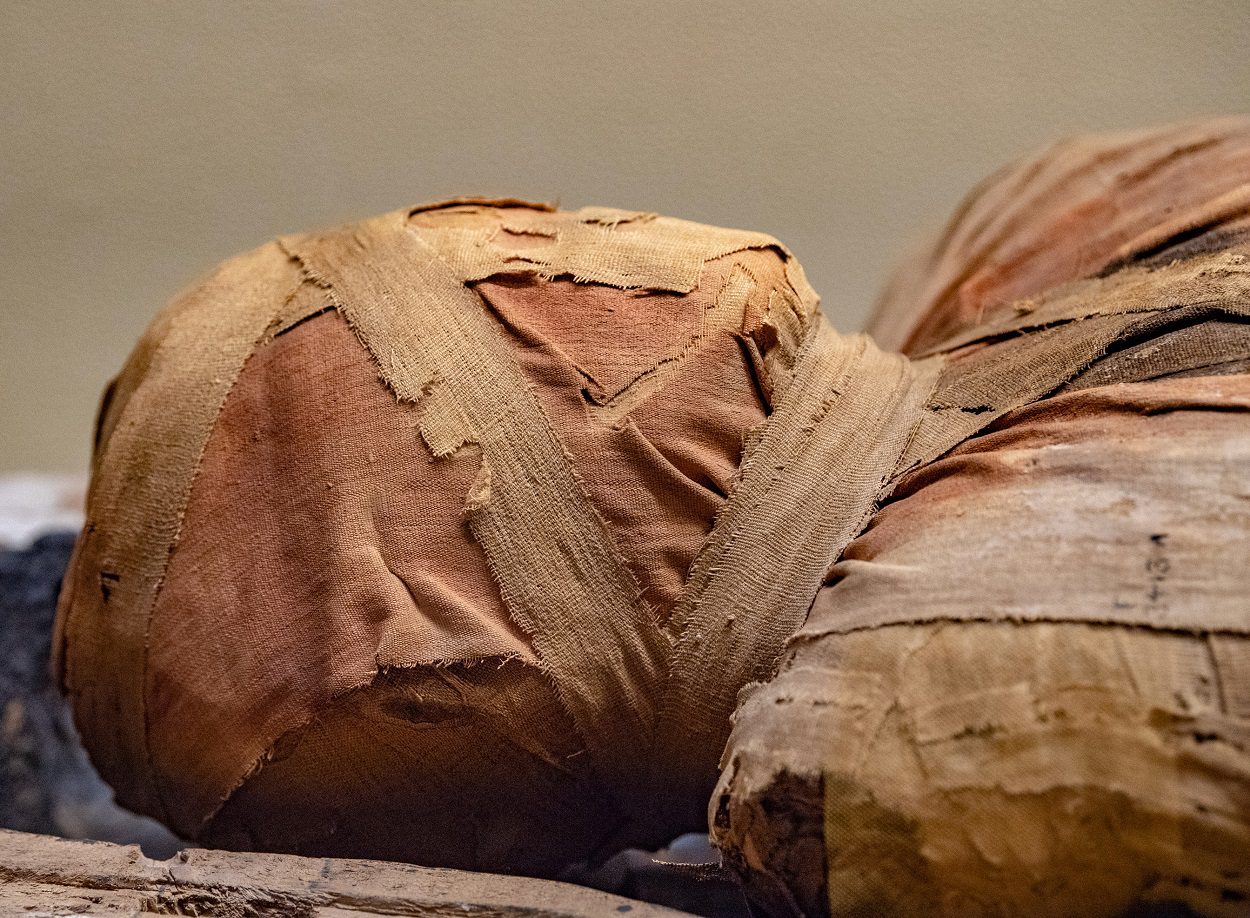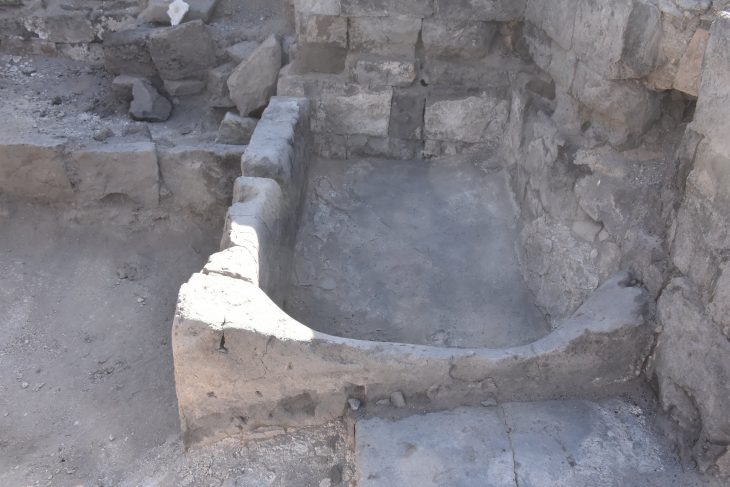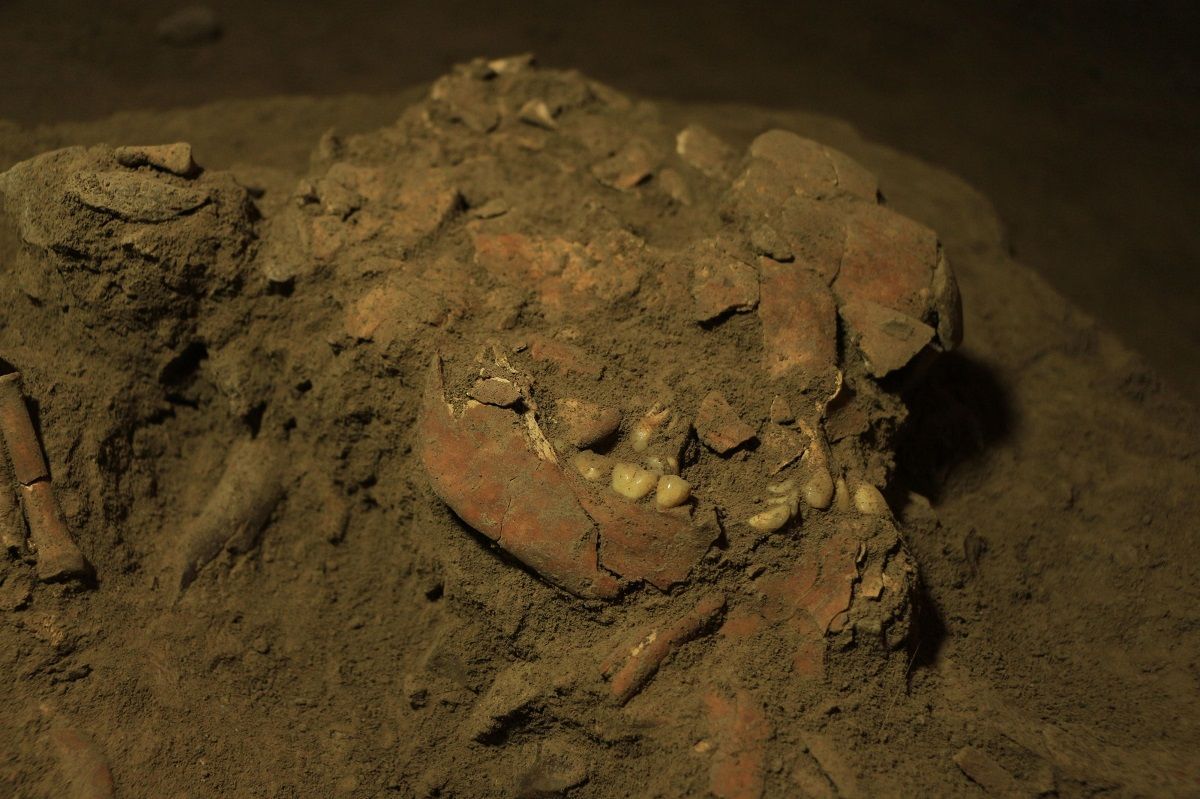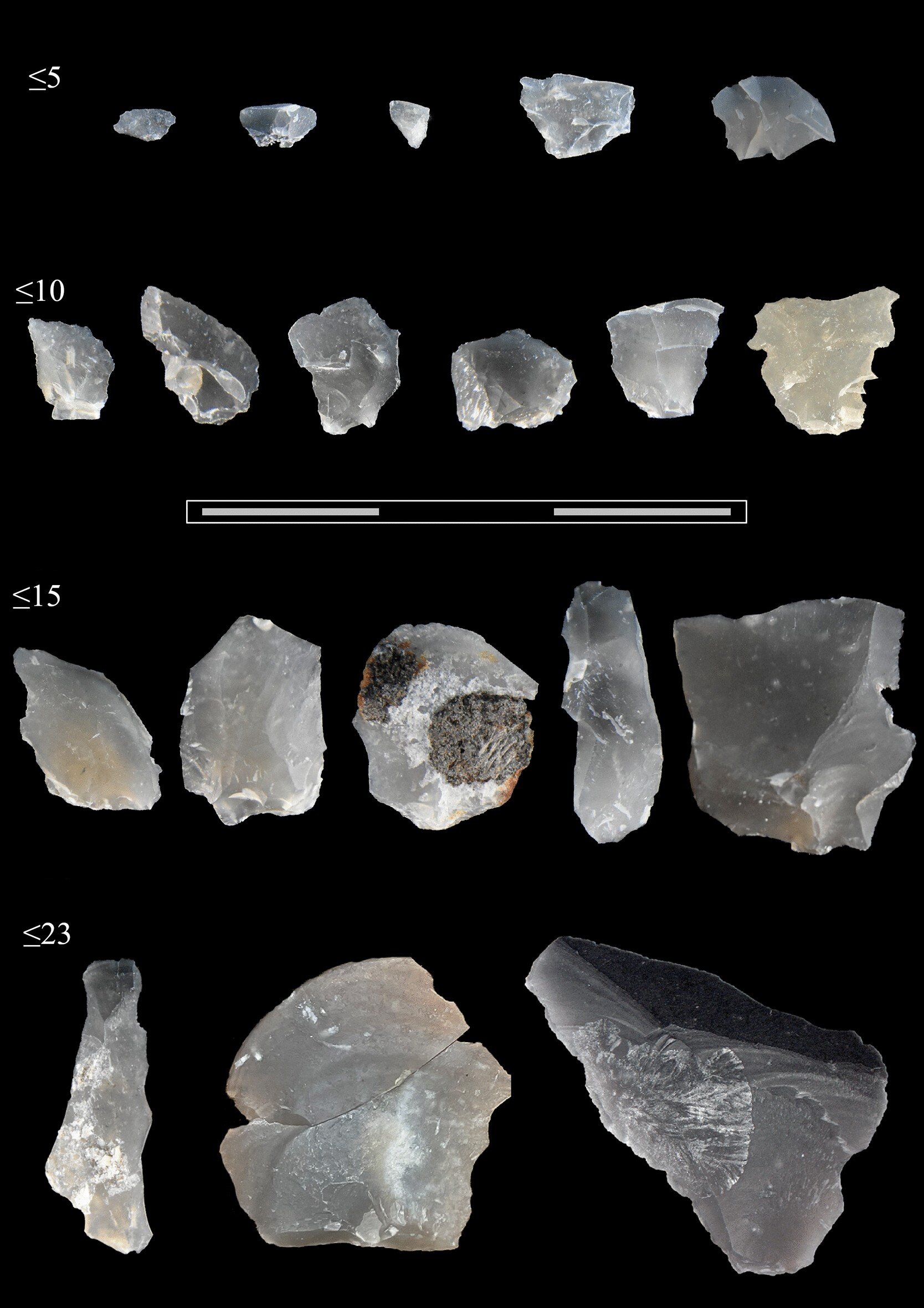Study Reveals High Prevalence of Parasitic Diseases in Ancient Egypt and Nubia
New research delving into the mummified remains of ancient Egyptians and Nubians paints a vivid picture of the diseases that plagued these civilizations. The study, published in Advances in Parasitology by University of Cambridge researcher Piers D. Mitchell, sheds light on the unique role the Nile River played in shaping the health profile of these … Read more









